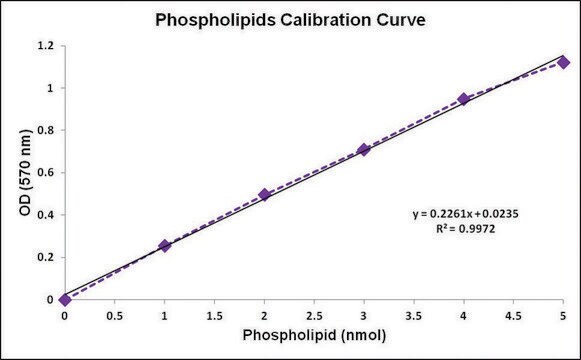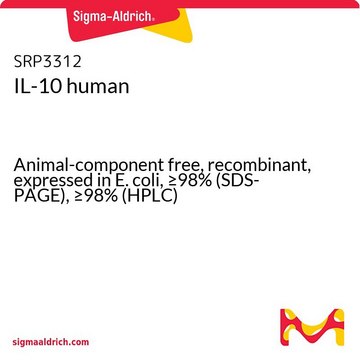Kluczowe dokumenty
MAK112
Arginase Activity Assay Kit
sufficient for 200 colorimetric tests
Synonim(y):
Arginase Test Kit
About This Item
Polecane produkty
zastosowanie
sufficient for 200 colorimetric tests
metoda wykrywania
colorimetric
powiązane choroby
cancer; immunological diseases; gastrointestinal diseases
temp. przechowywania
−20°C
informacje o genach
human ... ARG1(383) , ARG2(384)
mouse ... ARG1(11846) , ARG2(11847)
rat ... ARG2(29215) , Arg1(29221)
Opis ogólny
Zastosowanie
Cechy i korzyści
Przydatność
Zasada
Hasło ostrzegawcze
Danger
Zwroty wskazujące rodzaj zagrożenia
Zwroty wskazujące środki ostrożności
Klasyfikacja zagrożeń
Aquatic Chronic 3 - Eye Dam. 1 - Met. Corr. 1 - Repr. 1B - Skin Corr. 1A
Kod klasy składowania
6.1D - Non-combustible acute toxic Cat.3 / toxic hazardous materials or hazardous materials causing chronic effects
Temperatura zapłonu (°F)
Not applicable
Temperatura zapłonu (°C)
Not applicable
Certyfikaty analizy (CoA)
Poszukaj Certyfikaty analizy (CoA), wpisując numer partii/serii produktów. Numery serii i partii można znaleźć na etykiecie produktu po słowach „seria” lub „partia”.
Masz już ten produkt?
Dokumenty związane z niedawno zakupionymi produktami zostały zamieszczone w Bibliotece dokumentów.
Klienci oglądali również te produkty
Powiązane treści
See how multiplex assays, such as the Luminex® bead-based multiplex immunoassay MILLIPLEX® Rat Liver Injury Panel, enable researchers to simultaneously measure multiple hepatotoxic biomarkers and cytokines to expand knowledge on drug-induced liver injury processes.
Nasz zespół naukowców ma doświadczenie we wszystkich obszarach badań, w tym w naukach przyrodniczych, materiałoznawstwie, syntezie chemicznej, chromatografii, analityce i wielu innych dziedzinach.
Skontaktuj się z zespołem ds. pomocy technicznej



